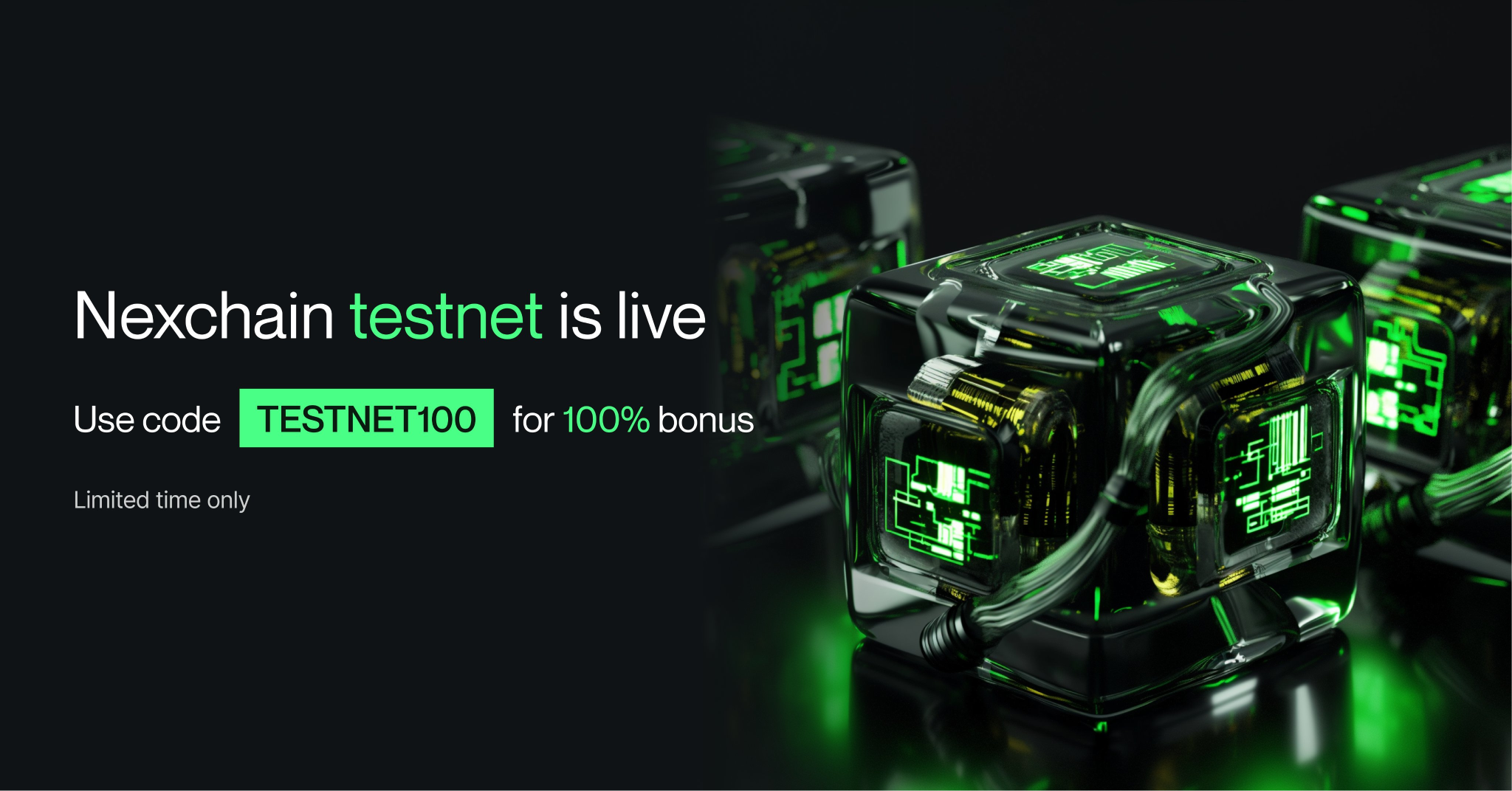Nexchain Dominates 2025’s Crypto Presales: 5 Game-Changing Strategies Fueled by Testnet Bonuses
Move over, legacy tokens—Nexchain just rewrote the presale playbook. While traditional projects beg for attention with tired airdrops, this protocol’s testnet incentives are pulling institutional money like a Wall Street IPO (but with 100% fewer suits). Here’s how they’re lapping the competition.
1. Testnet-As-A-Weapon: Forget ‘participation trophies.’ Nexchain’s bonus structure pays early adopters in real utility—not the usual vaporware promises that crumble faster than a meme coin’s liquidity.
2. Scarcity Engineered: Their tiered presale model turns FOMO into an algorithmic art form. Each phase locks more capital while rewarding early backers—a brutal efficiency that’d make private equity blush.
3. Zero-Day Liquidity: Unlike projects that treat vesting schedules like a suggestion box, Nexchain’s mainnet launch syncs with immediate tradability. No bag-holding purgatory here.
4. Developer Bounty Program: They’re poaching top blockchain talent by offering bonuses for testnet stress-testing—basically crowdsourcing their audit while building hype. Diabolical.
5. The ‘Anti-Rug’ Blueprint: Every testnet interaction boosts presale allocation transparency. Real-time verifiable proof beats ‘trust me bro’ whitepapers every time.
Let’s be real—most 2025 presales are just repackaged 2021 garbage. Nexchain? They’re exploiting crypto’s collective ADHD better than a Goldman quant tweaking dark pool algorithms. The testnet bonus isn’t a perk; it’s a psychological masterstroke that makes lockups feel like VIP access. Cynical? Maybe. Effective? Watch the chain activity.

1. Hybrid Consensus and Network Efficiency
Nexchain introduced a hybrid Proof-of-Stake consensus system combined with artificial intelligence optimizations for improved scalability. Unlike conventional networks, this system adjusts staking requirements and validator selection in real time.
It enhances transaction speed by prioritizing network activity dynamically, reducing congestion and energy use. By integrating Directed Acyclic Graphs with sharding, Nexchain also ensures faster transaction processing. This structure supports parallel validations, minimizing bottlenecks while strengthening decentralization.
2. AI-Enhanced Smart Contracts
The platform integrates smart contracts that adapt to real-time network and compliance requirements. Unlike static contracts, Nexchain’s contracts self-optimize based on transaction history and system conditions.
They include fraud detection protocols that analyze transaction patterns for anomalies, preventing malicious behavior. Compliance enforcement is automated to align contracts with evolving regulations without disrupting operations. This framework allows scalability while ensuring security within decentralized applications.
3. Interoperability and Chain Abstraction
Nexchain supports cross-chain bridging protocols that allow transactions across different blockchain ecosystems without friction. These bridges use anomaly detection to secure asset transfers and improve interoperability between networks. Through chain abstraction, users interact with multiple blockchains using one interface instead of managing separate keys.
Meta-transaction relayers streamline cross-chain execution, which simplifies dApp development and end-user experience. This function expands accessibility for enterprises and developers seeking a unified blockchain solution.
4. Security and Sustainability
Security has been reinforced through post-quantum cryptography and CERTIK auditing to protect against emerging threats. The system includes anomaly detection and self-healing features that isolate malfunctioning nodes for stability.
Fraud detection employs predictive models to safeguard assets and prevent suspicious activity in real time. Energy efficiency is addressed by predictive scaling, which optimizes resource use while lowering network costs. Together, these measures create a sustainable blockchain that balances performance with environmental concerns.
5. Tokenomics and Presale Progress
Nexchain launched with a supply of 2.15 billion NEX tokens, allocated across public sales, rewards, liquidity, and treasury. The presale represents 32% of total supply, with Stage 25 pricing set at $0.10 per token. The fundraising target for this stage stands at $9.27 million, with $8.71 million already secured.
An inflationary model paired with annual token burns helps balance issuance with long-term supply control. The TESTNET100 bonus campaign doubled allocations for early buyers, further accelerating presale demand. Once listed at $0.30, early buyers could see substantial gains, underlining interest in this top crypto presale.
Applications Across Industries
The infrastructure supports finance, healthcare, supply chain, IoT, and decentralized AI services. In finance, it reduces congestion and safeguards transactions with anomaly detection models. In healthcare, Nexchain enables decentralized patient record storage and secure predictive analytics.
For supply chains, it increases transparency by automating shipment verification and enabling predictive logistics. IoT networks benefit from anomaly detection and secure device integration across multiple blockchains. Finally, decentralized AI services utilize federated learning to train models without exposing raw data.
Conclusion
Nexchain AI continues to establish its place as the top crypto presale of 2025. With Stage 25 nearing completion and strong tokenomics, the project demonstrates robust planning. Its hybrid consensus, AI smart contracts, chain abstraction, and energy-efficient security measures reinforce adoption potential.
The TESTNET100 bonus and CERTIK certification confirm its credibility and proactive response to challenges. Nexchain’s roadmap and expanding use cases suggest continued momentum in blockchain development. The presale sets a standard for scalability, transparency, and innovation in the evolving digital asset space.

